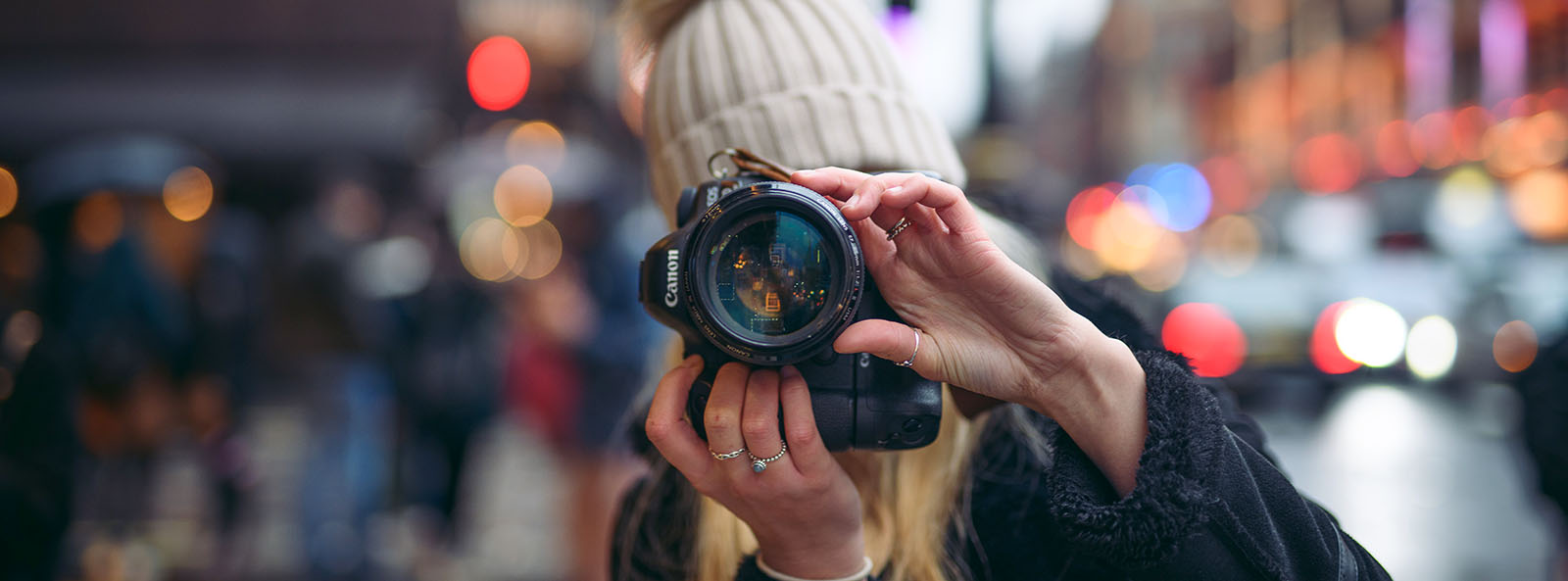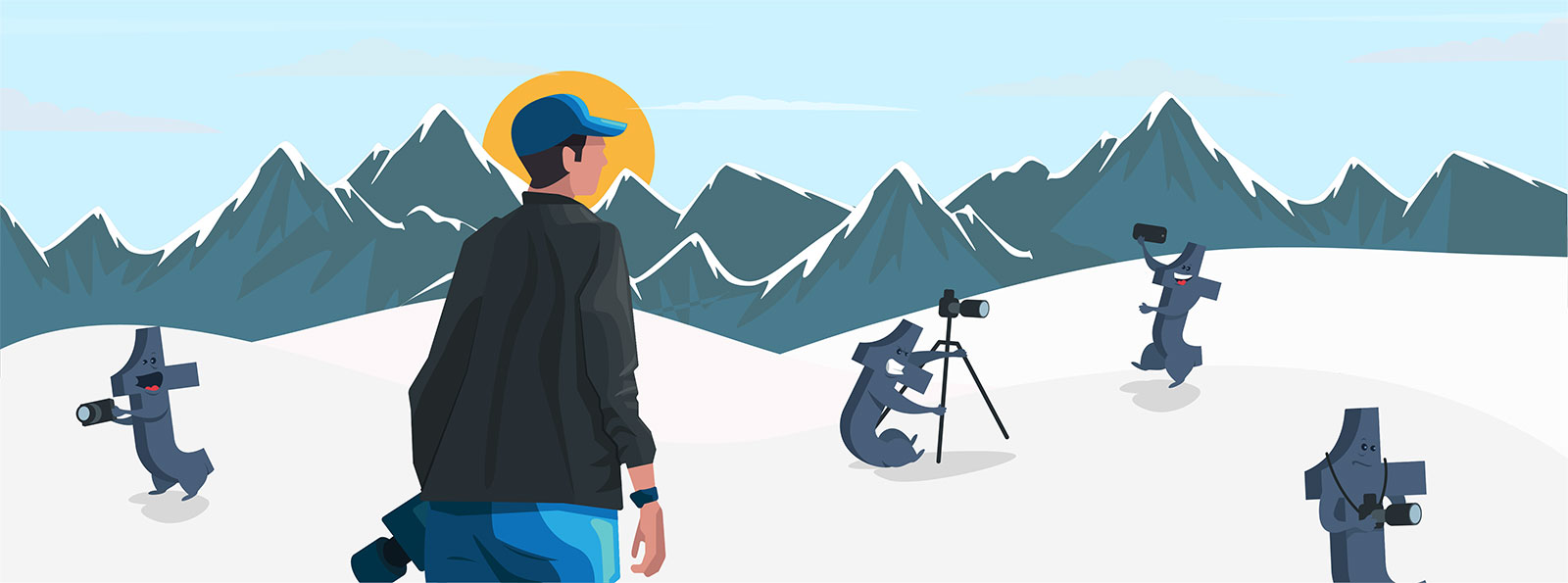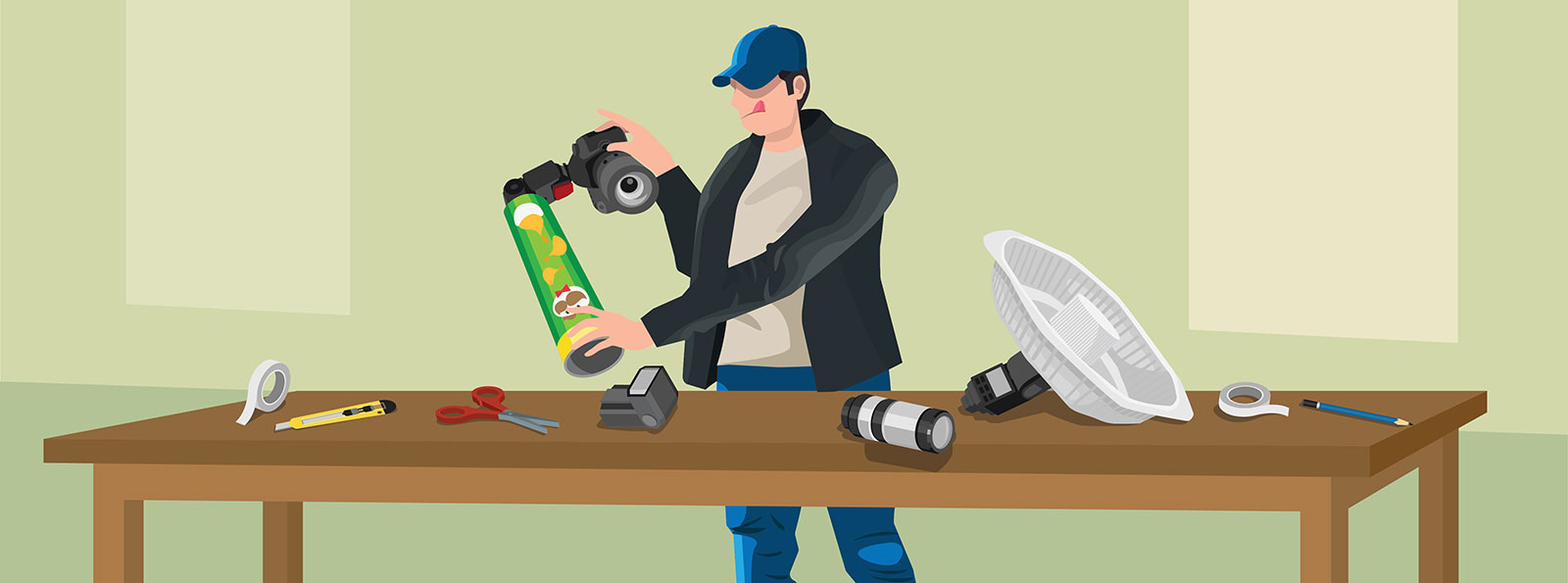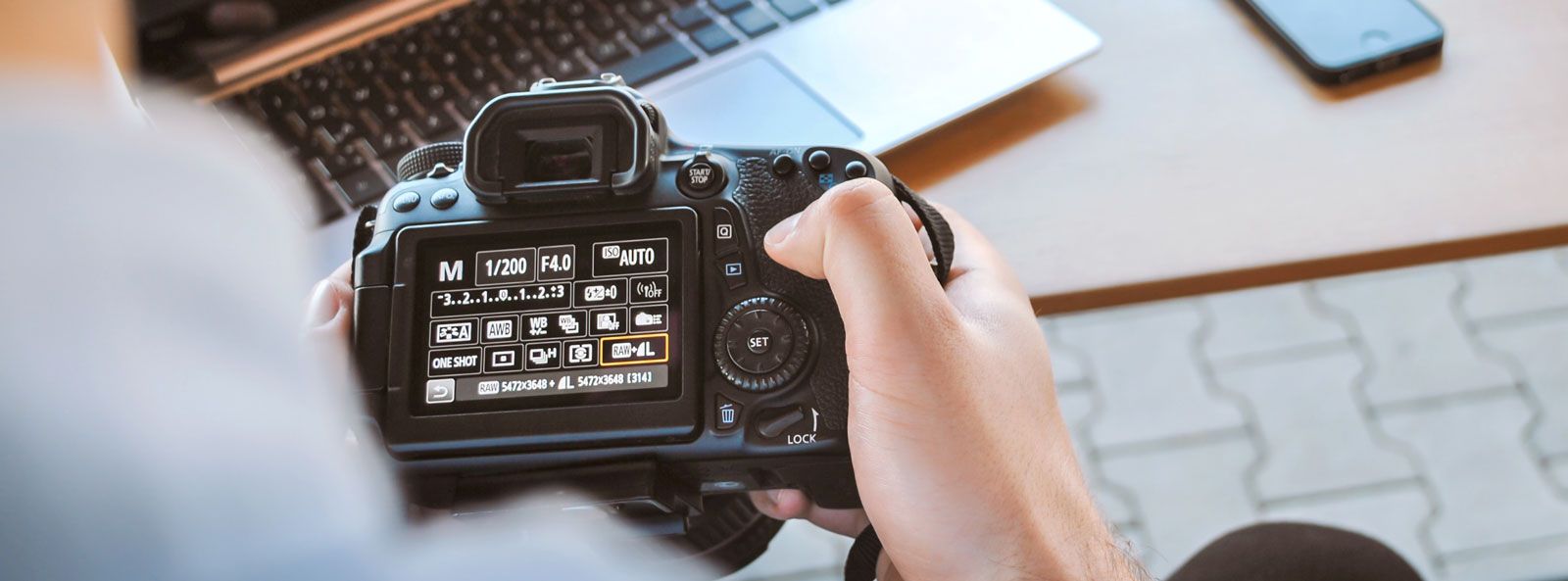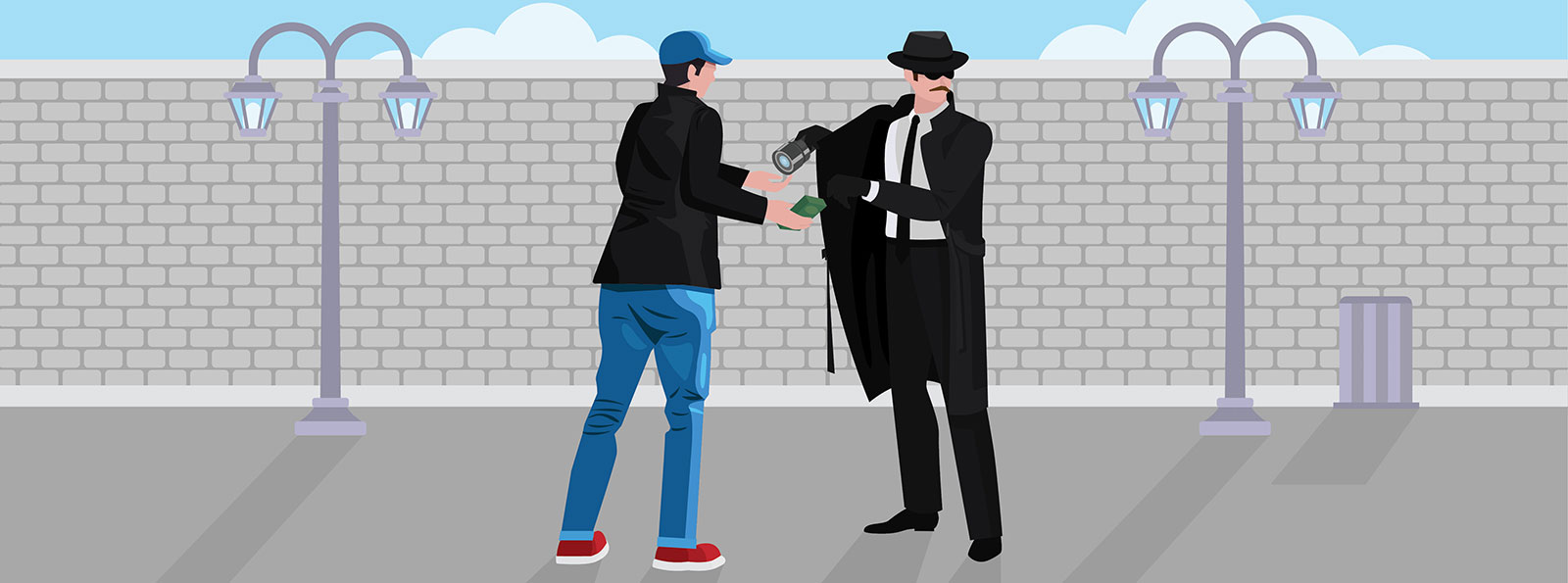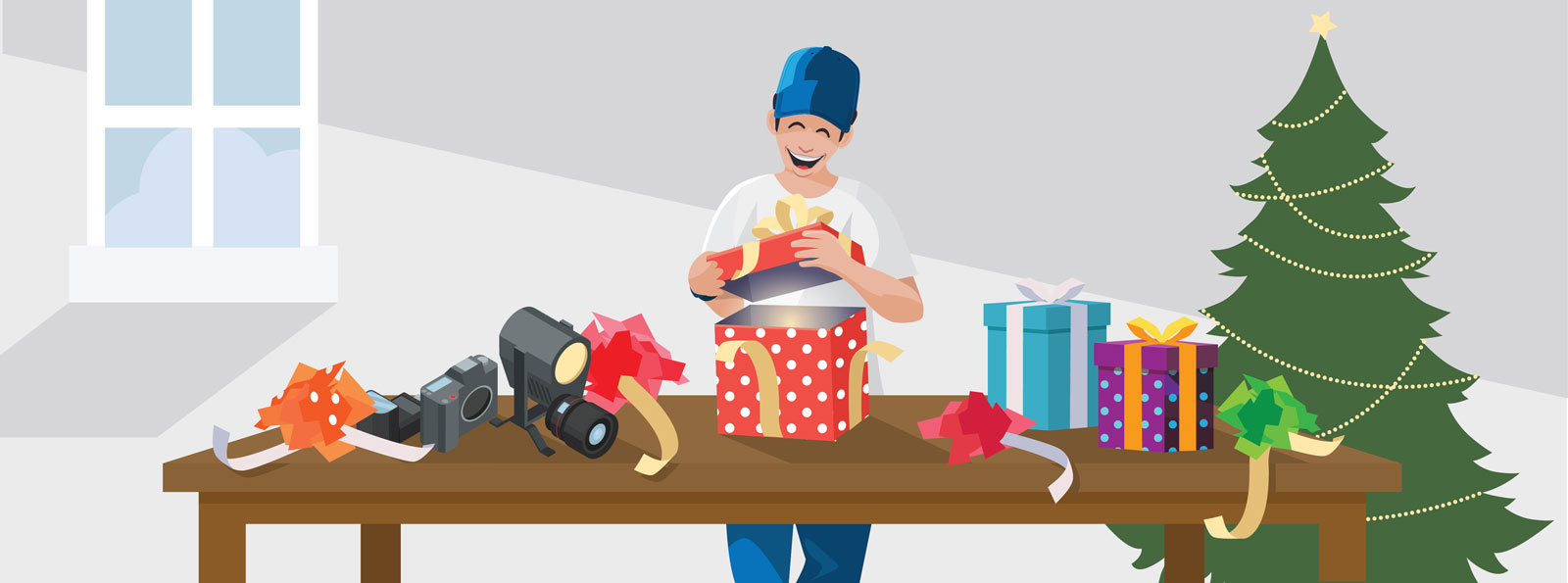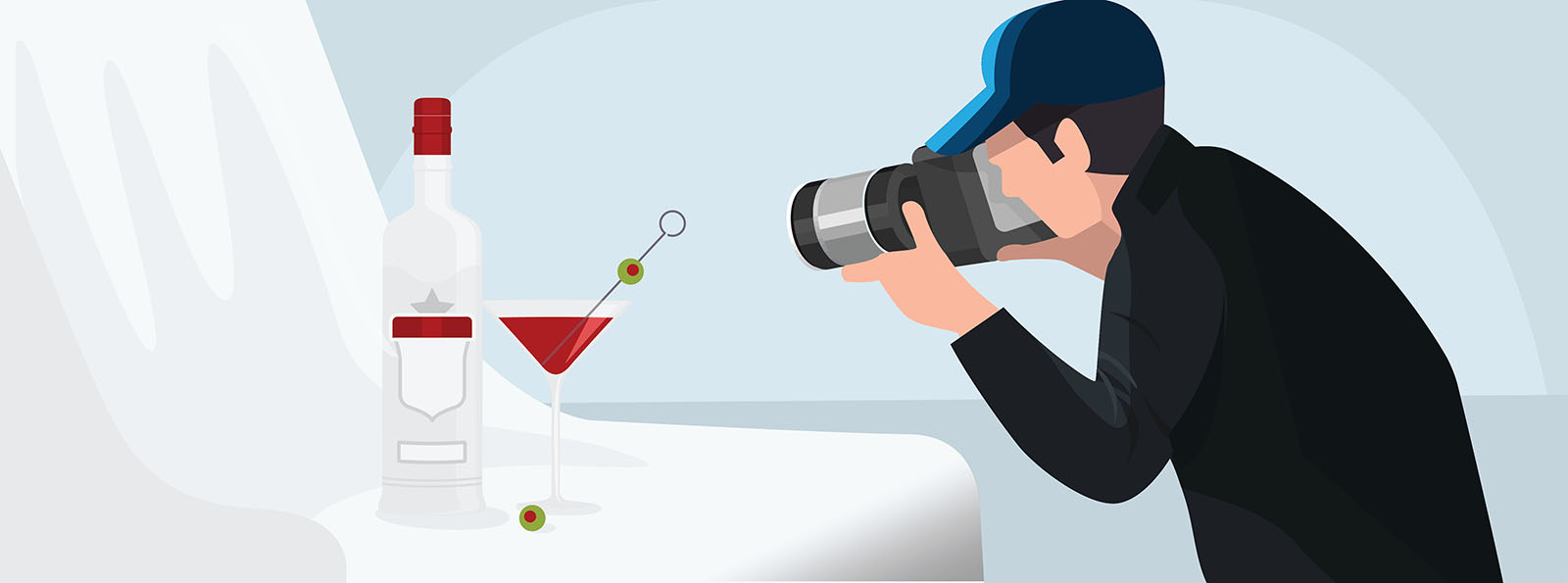The 25+ Best Places To Find Photography Jobs
The 25+ Best Places To Find Photography Jobs Turning your photography into a career can seem like a daunting task, but we’ve compiled a comprehensive… Read More »The 25+ Best Places To Find Photography Jobs

